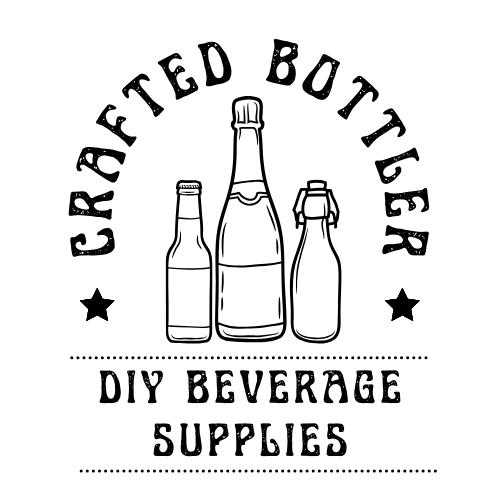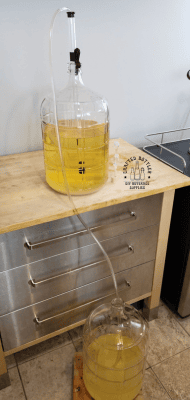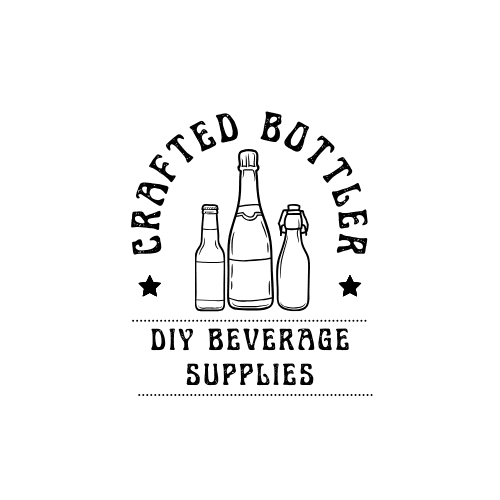Mastering the Auto Siphon: Essential for Home Winemakers
Mastering the Auto Siphon: Essential for Home Winemakers
What Is an Auto Siphon or Easy Siphon?
An auto siphon, also known as an easy siphon, consists of two pieces:
- Racking cane: to which standard plastic tubing can be attached.
- Wider sleeve: into which the racking cane slides.
These components are made from clear, rigid plastic and can be cleaned and sanitized with common wine and beer making solutions.
Sizes of Auto Siphons
Easy Siphons come in 3 sizes
- Mini: With a 3/8” or 5/16” diameter and 12 inches long, perfect for 1-gallon jugs.
- Regular: Also 3/8” or 5/16” in diameter but 24 inches long, ideal for reaching the bottom of a 6-gallon carboy for transferring and bottling.
- Large: With a 1/2” or 7/16” diameter and 25 inches long, this moves liquid 2.5 times faster than smaller models. Suitable for quick transfers but not recommended for bottling due to the speed and difficulty in controlling flow between bottles.
All sizes are relatively inexpensive, ranging from $10-$14 USD.
Using Your Auto Siphon
While auto-siphon works well for most transfers, it can clog with oak chips or thick hop trub. One solutions is to sanitize a fine mesh bag and place it around the tip of the auto siphon to filter out particulates.
Here’s how to use your Auto Siphon:
- Setup Transfer: Position the carboy or pail containing the wine or beer on a higher surface.
- Place Receiving Vessel: Arrange the sanitized vessel where you're transferring to about 3 feet lower.
- Assembly: Place the inner racking cane inside the wider sleeve, allowing it to slide freely.
- Connect Tubing: Attach the tubing to the inner racking cane.
- Sanitize Inside: Siphon sanitizer through the device. Place the siphon tip in sanitizer, then pull up and push down on the cane to start the flow. Usually, one or two pumps are enough.
- Sanitize Outside: Spray the outside with a sanitizer from a spray bottle.
- Transfer: Insert the Auto Siphon into the vessel from which you are transferring, taking care not to disturb the sediment at the bottom.
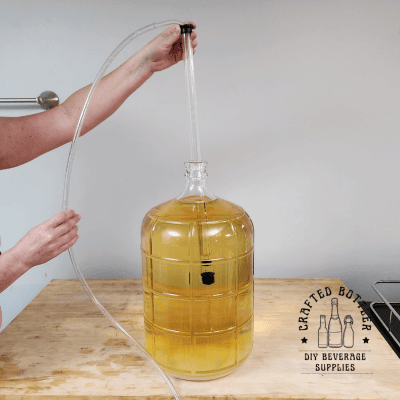
- Place Tubing in the Receiving Vessel: Arrange the tubing end so it will not fall out when you begin to pump.
- Start Siphoning: Pump the Auto Siphon a few times until the wine or beer flows freely.
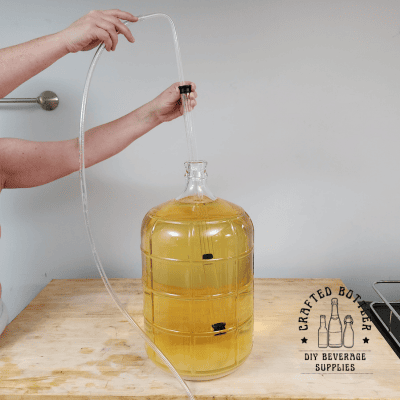
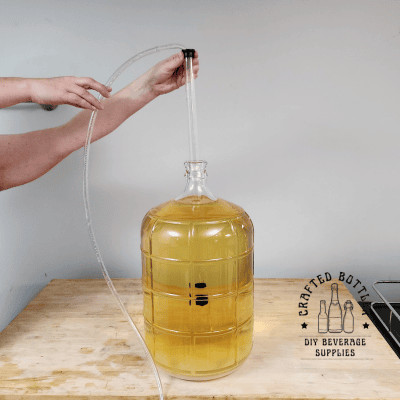
- Use a Siphon Clamp: For hands-free operation.
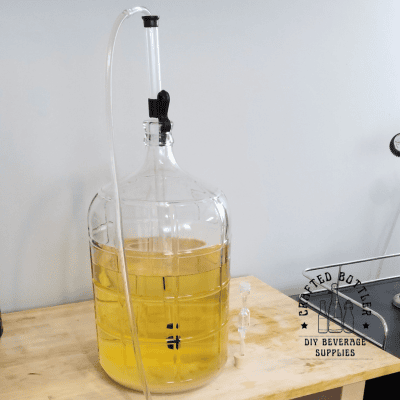
Do Home Wine Makers Really Need One?
While optional, an auto siphon significantly simplifies transferring. It's included in our Deluxe Home Mead, Cider, or Wine Equipment Kit for a reason—it's invaluable for sanitary, mess-free transfers!
Without one you could:
- Suck on the free end of the tubing to get the liquid flowing, but this isn’t very sanitary. If you start a siphon this way, you risk contaminating the batch with microbes from your mouth.
- Gently lower the tubing into the beer in the upper container so that the tube fills with liquid as you submerge it. Then place your finger over the free end like a straw, put the free end in the lower container, and take your finger off. This is effective in a pinch but can be messy, and you run the risk of disturbing sediment on the bottom of the source vessel.
